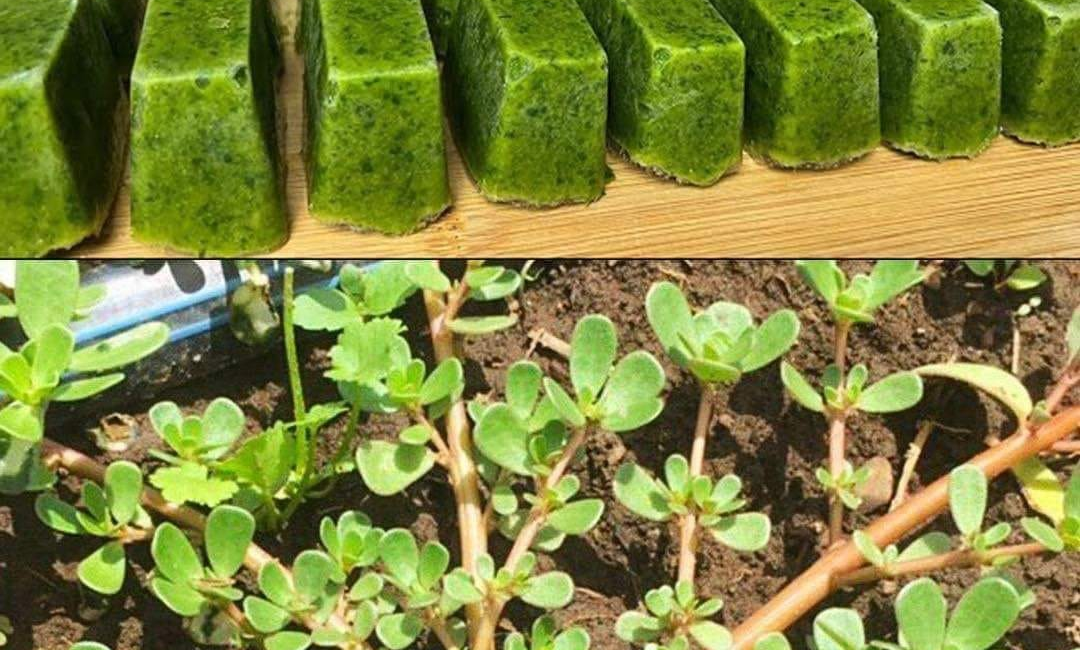Health Benefits
- Heart Health: The omega-3 fatty acids in purslane can help lower cholesterol levels and reduce the risk of heart disease.
- Anti-inflammatory Properties: Purslane’s antioxidants can help reduce inflammation in the body, which is linked to various chronic diseases.
- Digestive Health: The fiber in purslane can help promote healthy digestion and prevent constipation.
- Skin Health: The antioxidants in purslane can help protect the skin from damage caused by the sun and environmental pollutants.
- Weight Management: Purslane is low in calories and high in fiber, making it a great addition to a healthy diet.
How to Use Purslane
Purslane has a slightly tart and tangy flavor, and it can be used in a variety of dishes. Here are some ideas:
- Salads: Add purslane to your salads for a boost of nutrients and a refreshing crunch.
- Stir-fries: Sauté purslane with other vegetables for a quick and healthy meal.
- Soups and stews: Add purslane to your favorite soups and stews for a nutritional boost.
- Smoothies: Blend purslane into your smoothies for a green and nutritious drink.
- Pickles: Purslane can be pickled for a tangy and crunchy treat.
Remember: While purslane is generally safe to eat, it’s essential to ensure that it is not contaminated with harmful chemicals or pesticides. If you’re unsure, it’s best to harvest purslane from your own garden or a trusted source.
Purslane is a versatile and nutritious plant that can be easily incorporated into your diet. So next time you see this “weed” growing in your garden, consider giving it a try!
Pages: 1 2




